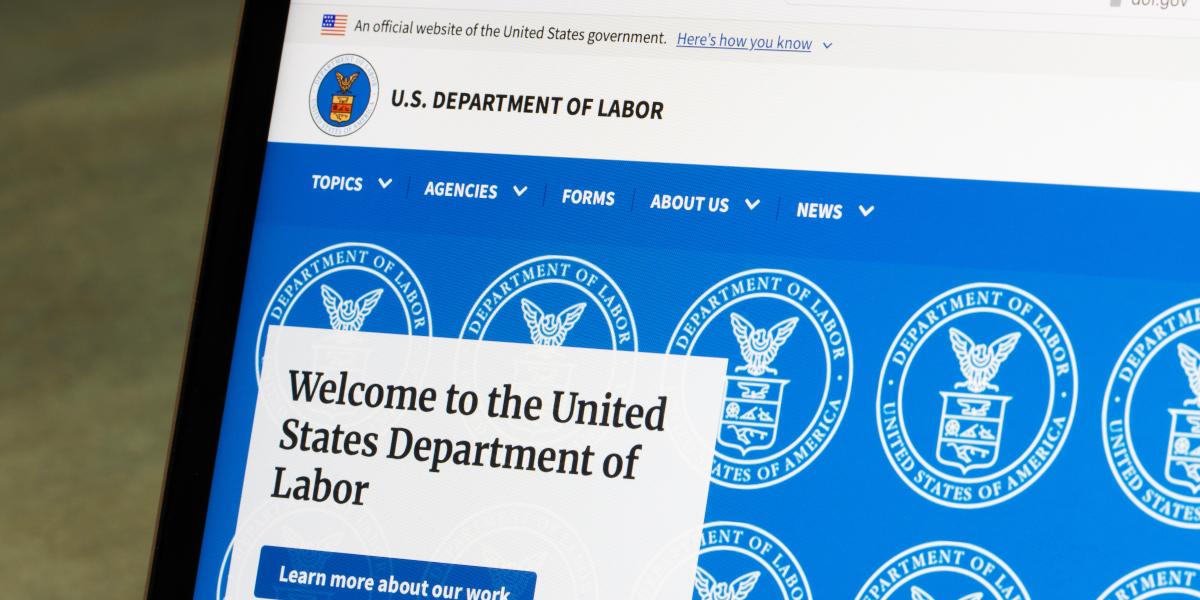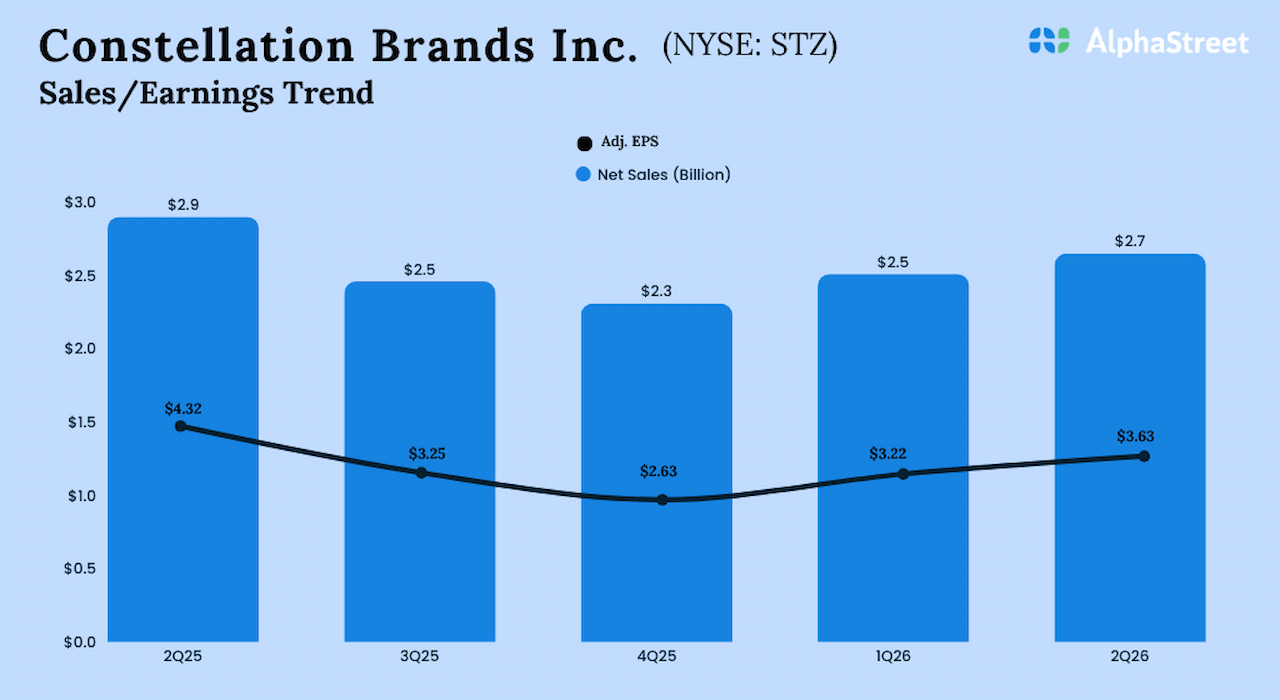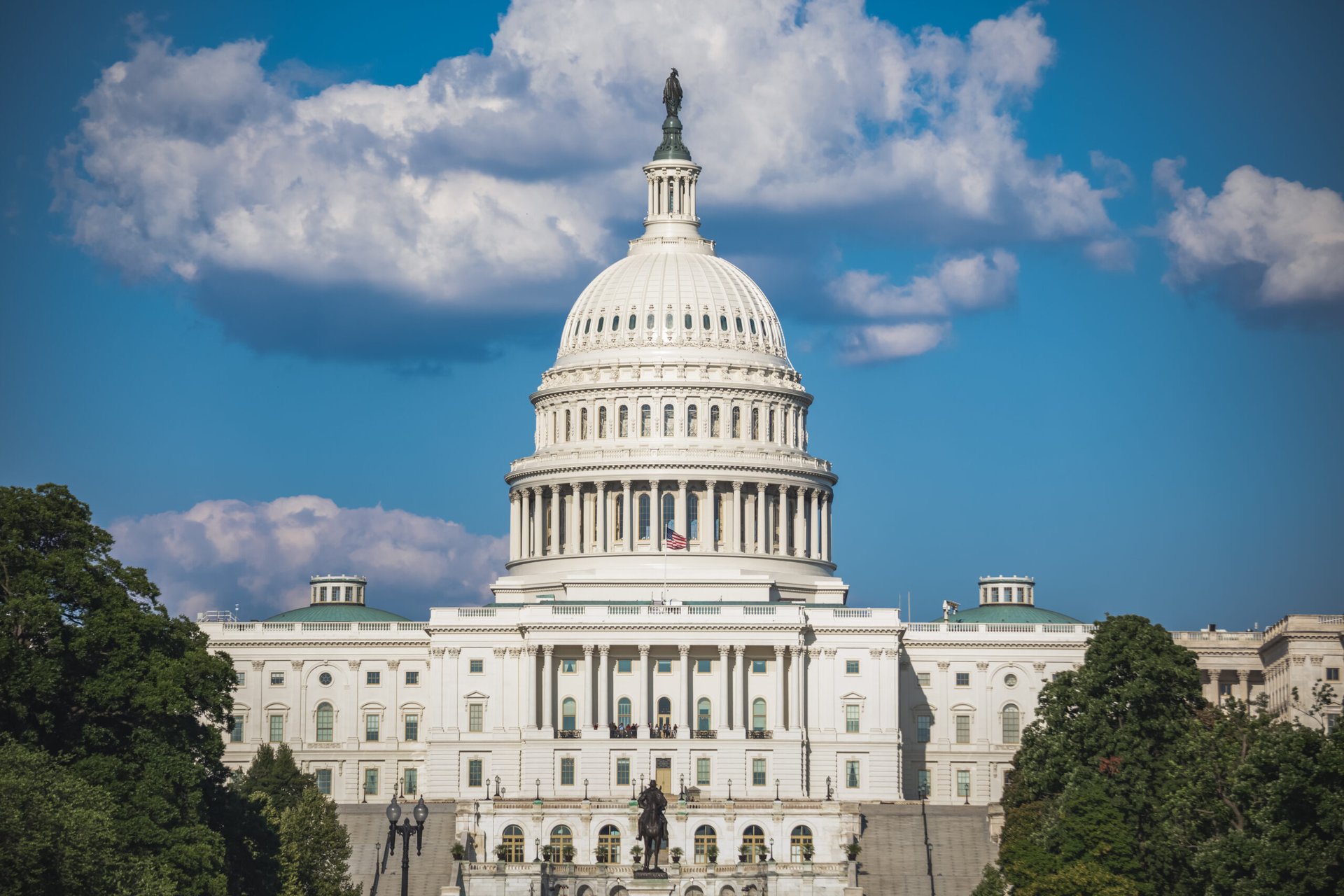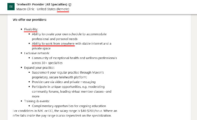By Max Dorfman, Research Writer, Triple-I
Insurance groups argue that new laws in California and New Jersey that raise the minimum auto liability coverage required for drivers may cause price-sensitive consumers to drop their coverage.
The law in California, signed by Gov. Newsom in October, raises the minimum liability coverage to $30,000 per single injury or death, from $15,000; $60,000 per accident, from $30,000; and $15,000 for property damage, from $5,000. These changes are effective January 1, 2025
The New Jersey law, signed in August 2022 by Gov. Murphy, raises the limits in two steps: first to $25,000 per injury, $50,000 per accident and $25,000 for property damage effective on January 1, 2023 and then to $35,000 per injury and $70,000 per accident on January 1, 2026. Coverage for property damage will remain unchanged for the second increase.
To better understand the impact this will have on insurers and consumers, we sat down with Gary R. La Spisa, II, vice president, Insurance Council of New Jersey, and Janet Ruiz, Triple-I’s director of strategic communications, who specializes in the California insurance landscape.
Why are these laws being passed now?
La Spisa: While the ICNJ understood the need for, and ultimately supported, a move from our current minimums of 15/30/5 to the next currently filed level of 25/50/25 to keep up with average losses, we advocated against imposing a second state-mandated premium increase on drivers with minimum limits.
Ultimately, 1.36 million drivers in New Jersey will face at least one premium hike as a result of the law, at an estimated $130 annual increase. Unfortunately, we cannot estimate the impact of the second hike, as limits of 35/70/25 are not filed in any state.
Ruiz: We’ve seen medical and repair costs increase dramatically and an increase in accidents and fatalities now that pre-pandemic numbers of drivers are back on the road. While inflation, supply-chain issues and litigation costs are on the rise, we are concerned that this will cause drivers who can’t afford increased limits to drop coverage
What are the consequences of consumers dropping coverage?
La Spisa: Presently, the uninsured motorist rate in New Jersey is estimated to be the lowest in the nation, at 3.1 percent. We are concerned that some drivers will drop coverage, which will push this number up and force carriers to increase rates for uninsured/underinsured motorist coverage.
Ruiz: Consumers who drop coverage risk losing their driver’s license, fines, and inability to register their car with the DMV. California now has the highest number of uninsured drivers in the U.S., estimated at 3.6 to 4.1 million people.
What other effects do you anticipate?
La Spisa: New Jersey law offers a bare bones insurance product, which we refer to as the Basic Policy. We expect that as affordability becomes a greater concern some drivers will opt for this limited product, instead of a full Standard Policy.
Ruiz: California law also offers a bare bones, low-cost auto insurance product, which may get more takers as we face affordability issues for low-income drivers. The state is expecting fewer underinsured accidents due to the higher limits. We expect to see more drivers in the low-cost auto program and litigation for higher verdict awards for those who have the higher limits.
Do you believe this will have a ripple effect on other states?
La Spisa: Perhaps. The challenge is striking a balance between adequate coverage and affordable premium so to avoid pricing drivers out of insurance all together.
Ruiz: Many states have already increased the minimum liability limits and may not make changes.
How are insurers responding to these price hikes, or planning to?
La Spisa: Most companies already have a 25/50 bodily injury and a $25,000 property damage product filed in New Jersey, so the impact of the first increase on carriers is primarily on the administrative and IT front as they reprogram their systems and renew policyholders with current minimums at the new standard.
For the second increase, carriers will have significant work to do, including determining pricing for this new limit which does not exist anywhere in the country and filing this new product with the Department before rolling it out.
Ruiz: Insurers will adapt to the new law. Many are reluctant, due to the affordability issues for low-income drivers.
What can consumers do to deal with these increased costs?
La Spisa: Consumers should carefully review their policies and always consider shopping around to find the policy which best fits their needs and budget.
Ruiz: We recommend that people shop and compare. Ways to save include choosing higher deductibles, bundling home and auto insurance, or dropping comprehensive or collision insurance on older cars with low value.








































